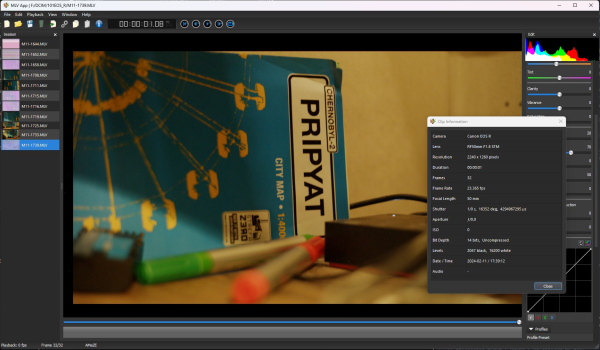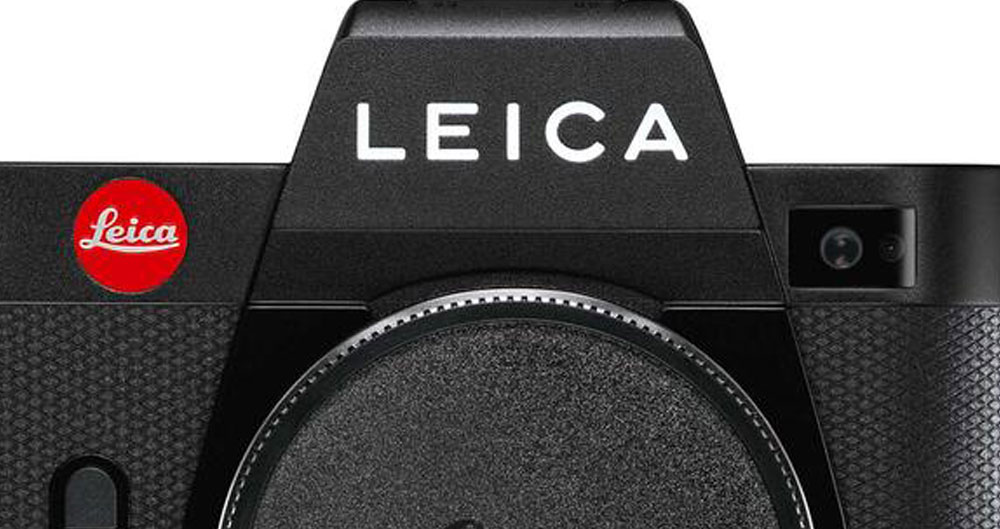[11:06 Sat,17.February 2024 by Rudi Schmidts] |
There are obviously still some developers who are driving development forward in the Magic Lantern project. And even if internal RAW is advancing into affordable regions on more and more cameras, there are still reasons to get involved with Magic Lantern. For example, if you want to save older camera models from the scrapyard. This also applies to the Canon 200D, where the first internal RAW recording has now also been achieved. This was made possible by new findings in the EDMAC API on Digic 7 models. At the moment, only 14 bits work here and there is no lossless compression mode. In addition, the simple SD card interface is limited to 40 MB/s, which is "only" sufficient for continuous 720P recordings. However, the real bombshell follows on the heels of this, as there has now even been progress in the reverse engineering of the Digic 8 processor. This is because the new 200D code also brought a few new insights and approaches into play. The team still doesn&t understand the Digic 8 DSP very well, but for the first time it was enough to get mlv_lite up and running.  This MLV-File was actually taken on an EOS R with Digic 8 Regardless of the resolution and frame rate, however, recording is currently stopped after a maximum of 60 images. This is not a limitation of the SD interface, as it can easily write over 100 MB/s in SDXC mode - but most likely a bug in the experimental Magic Lantern code. In any case, Magic Lantern is entering EOS R Digic 8 land for the first time, where it meets a mirrorless R-mount and fast interfaces. And that in turn could mean that in the coming months and years we could suddenly be using internal, lossless compressed 14-bit ML-RAW in small EOS R models. Which would still be a nice sensation... deutsche Version dieser Seite: Erstmals Magic Lantern-RAW auf EOS R mit Digic 8 aufgezeichnet |





